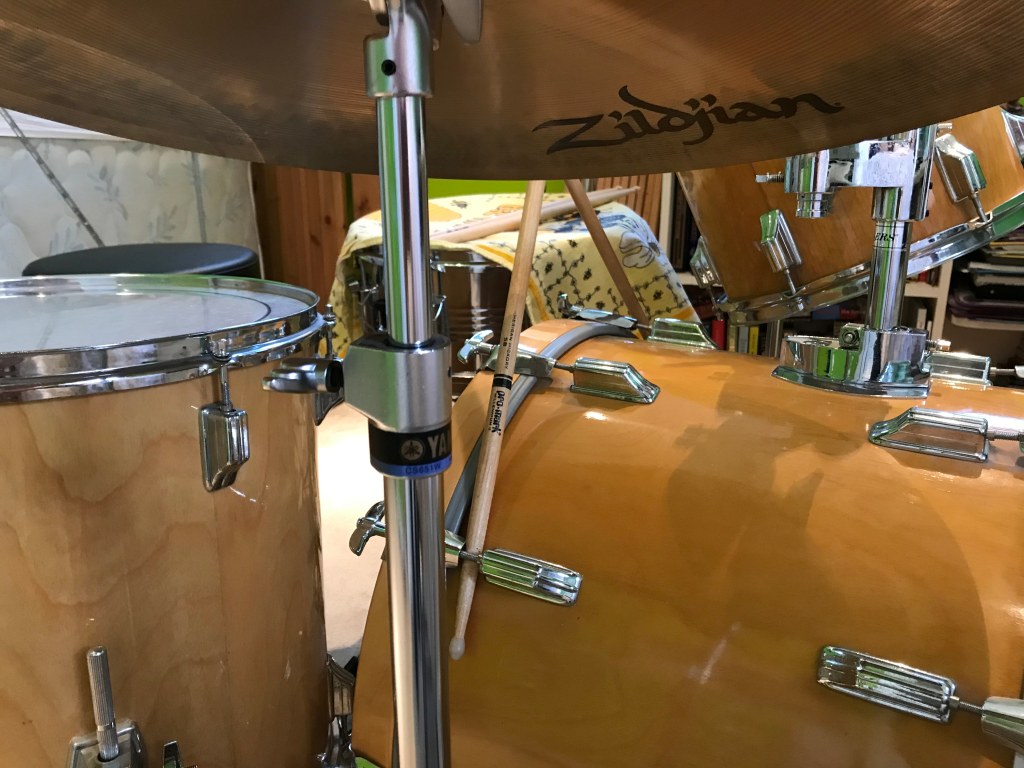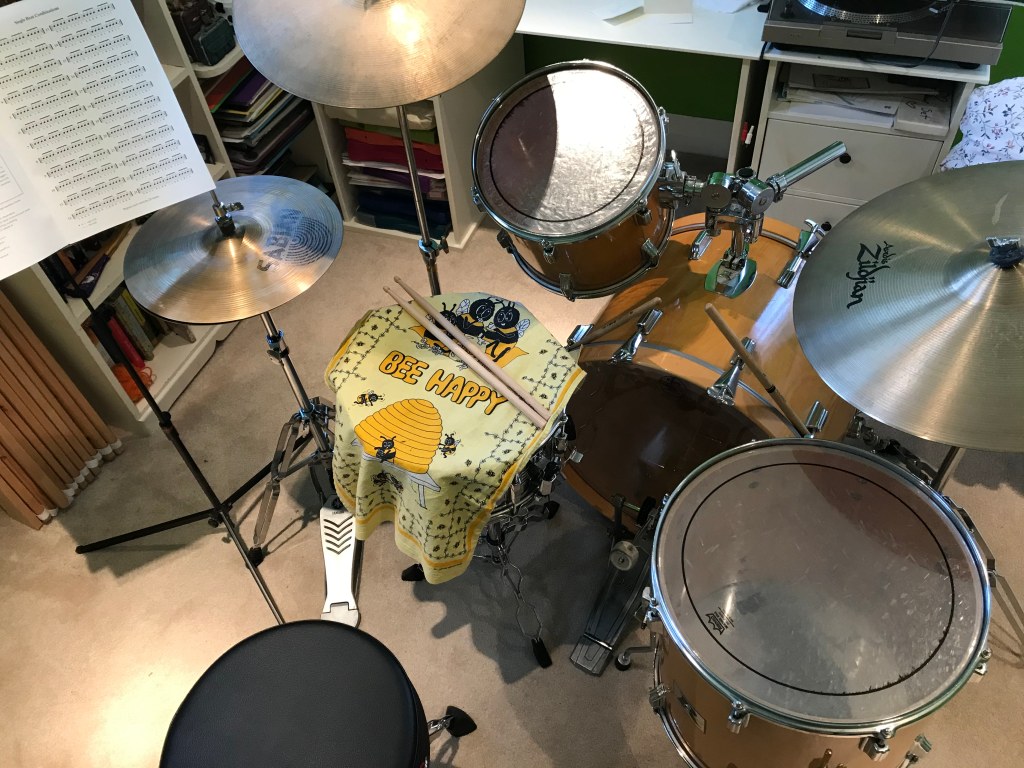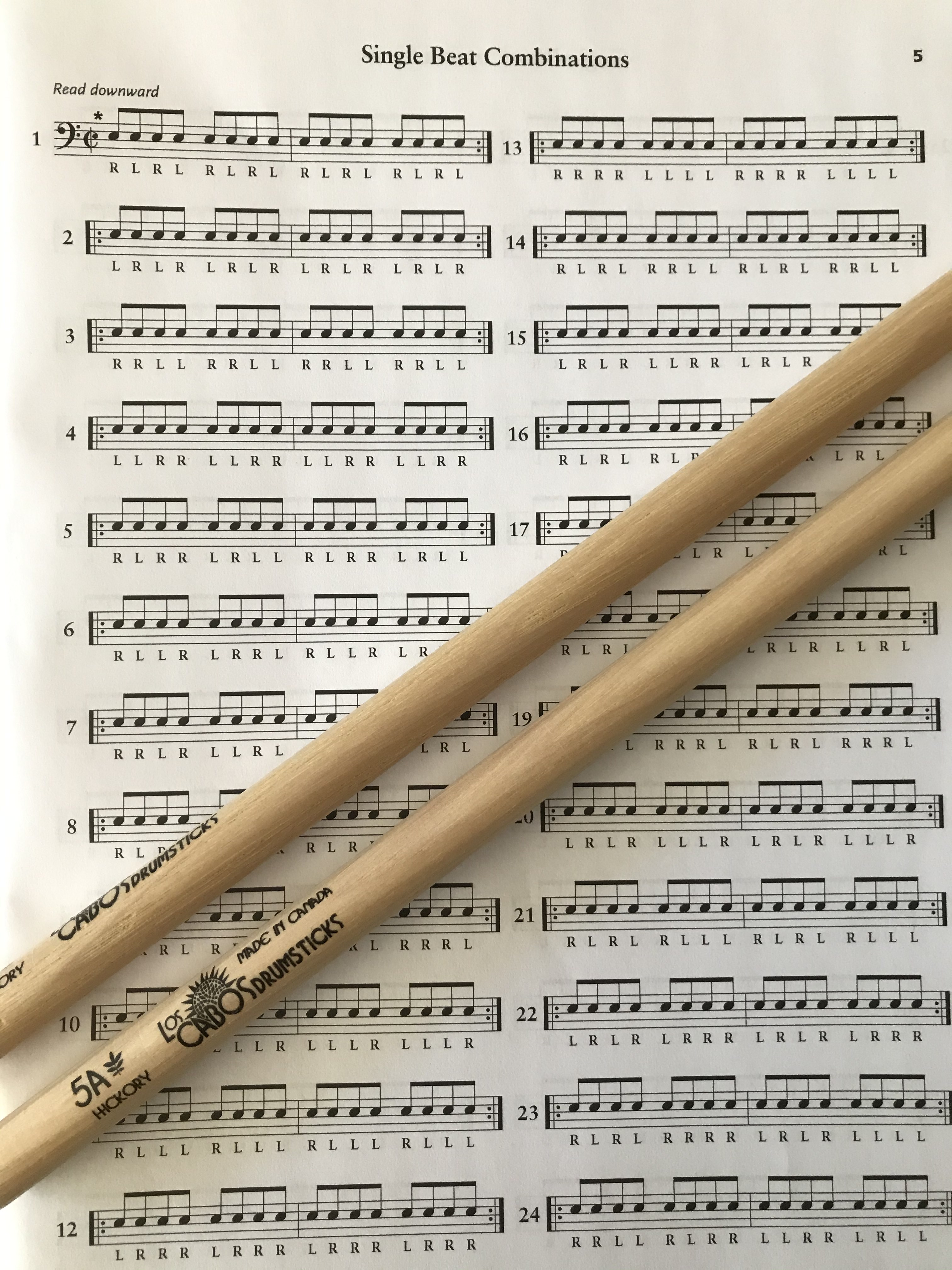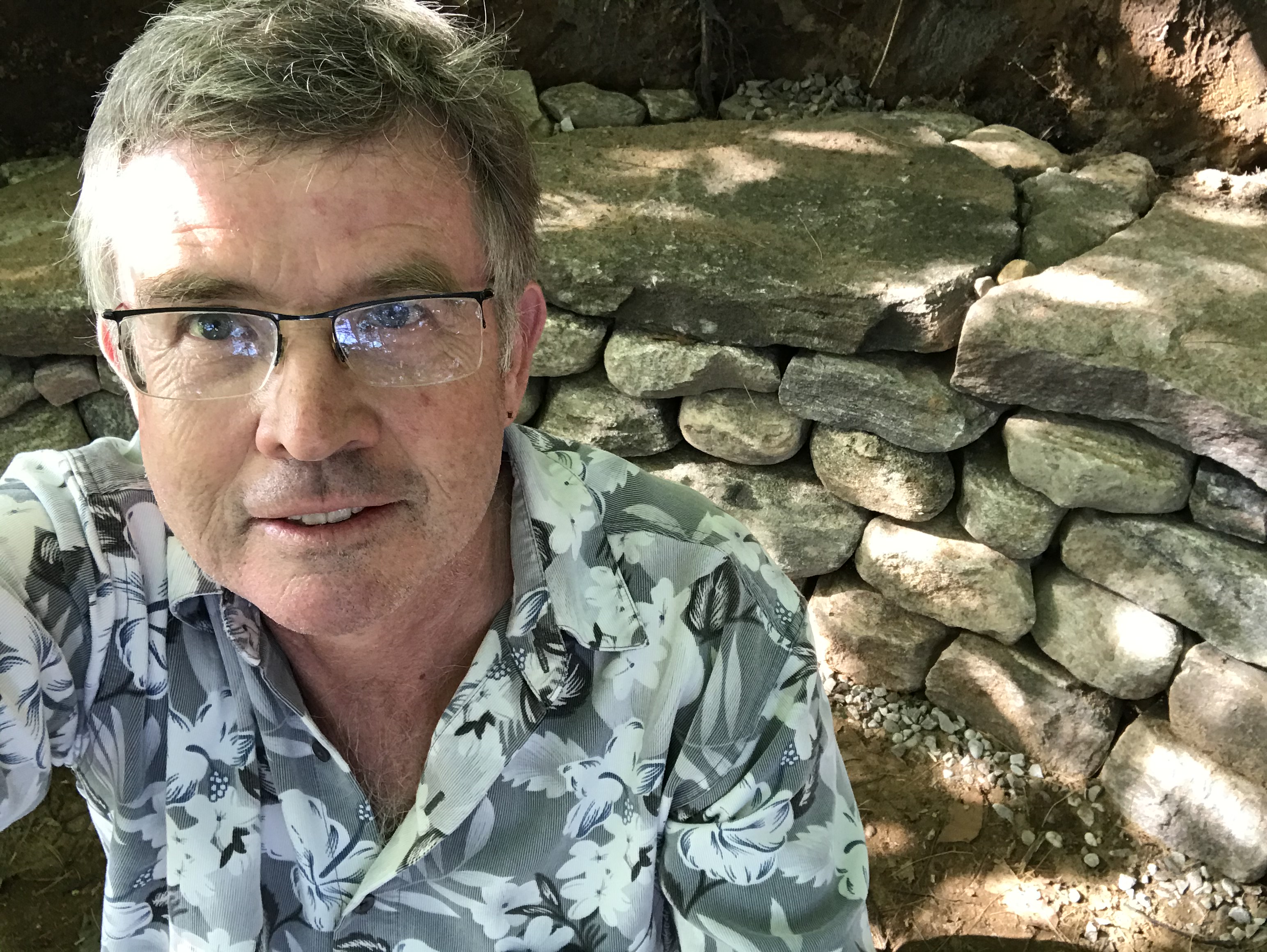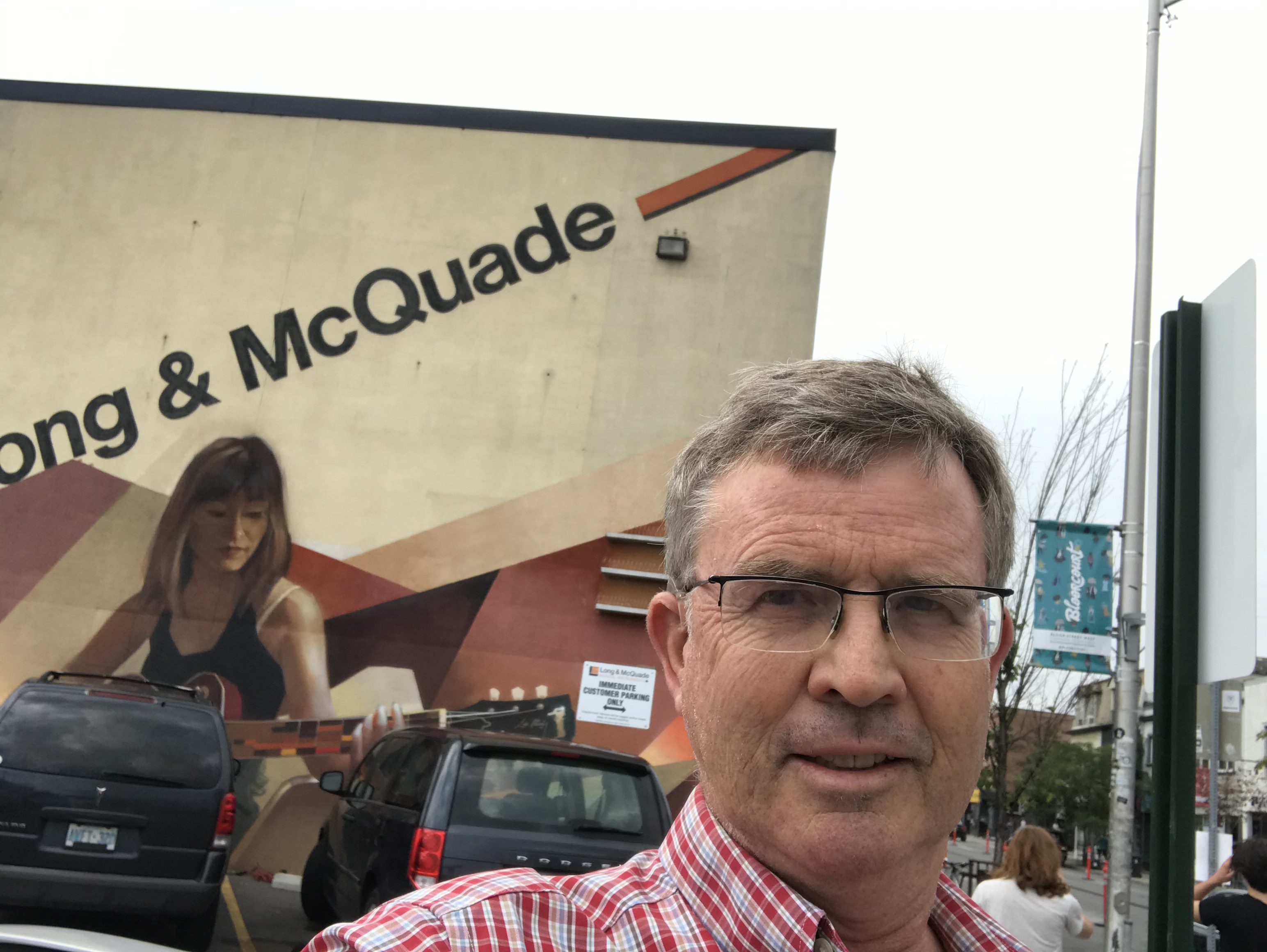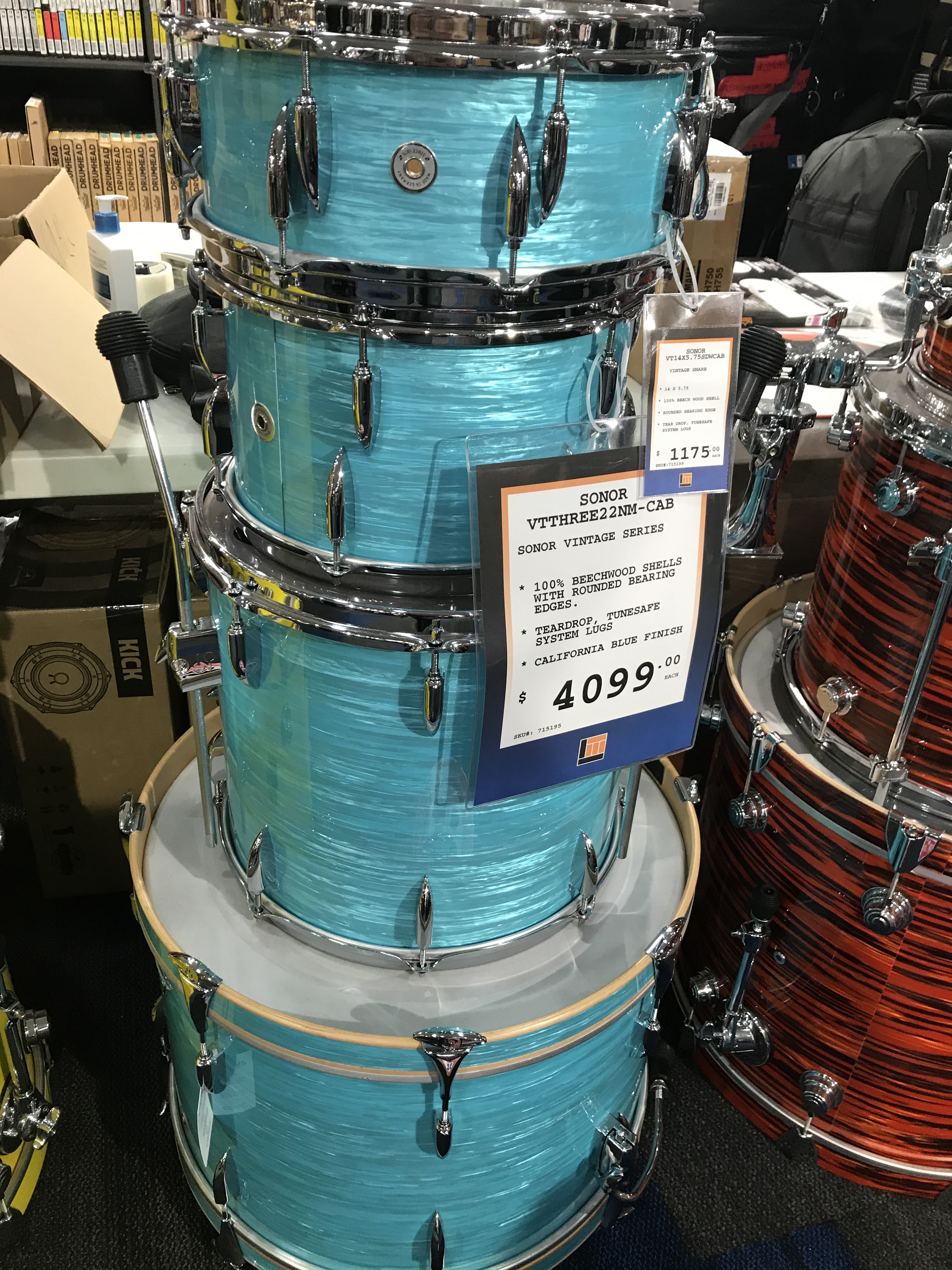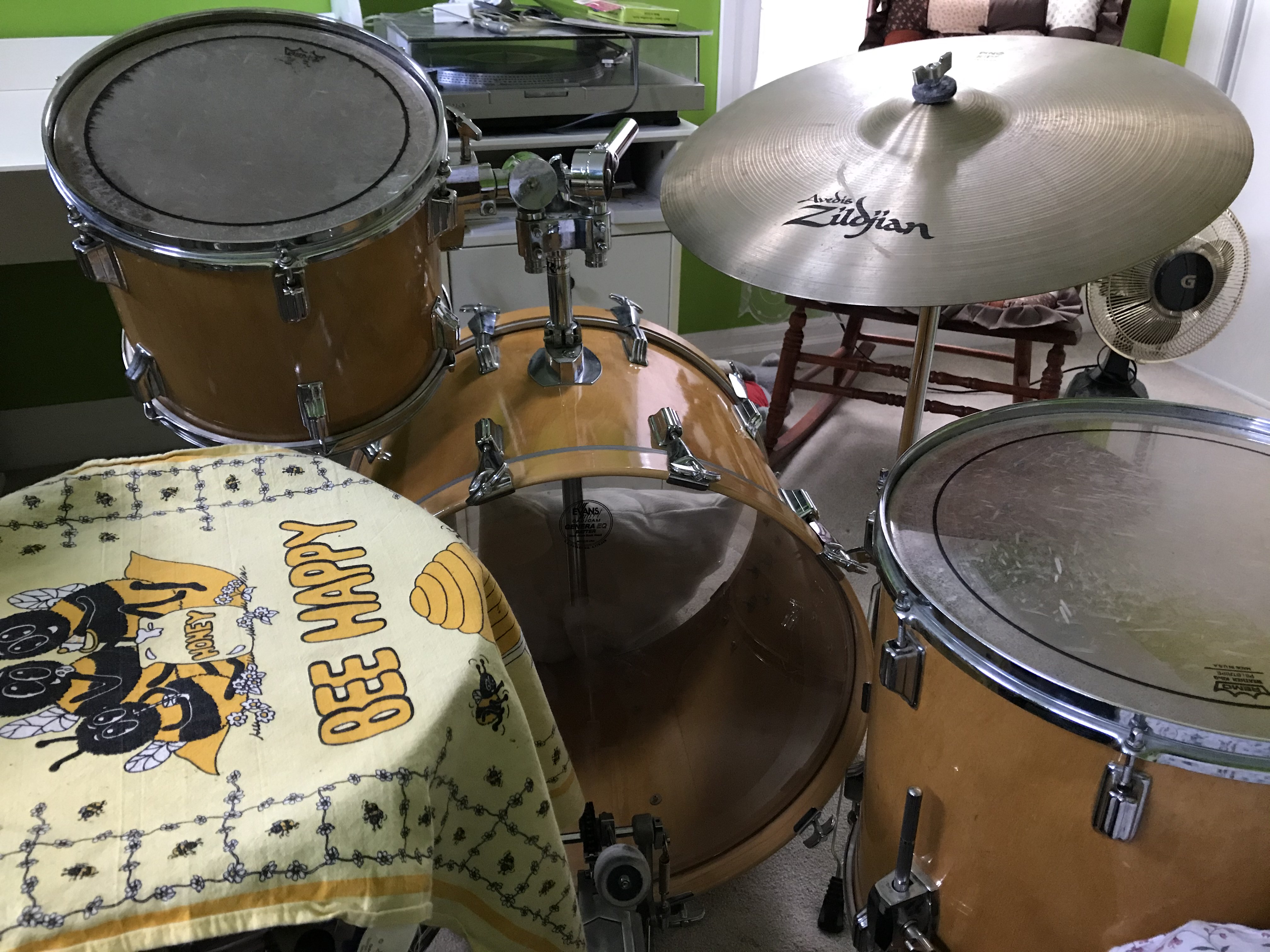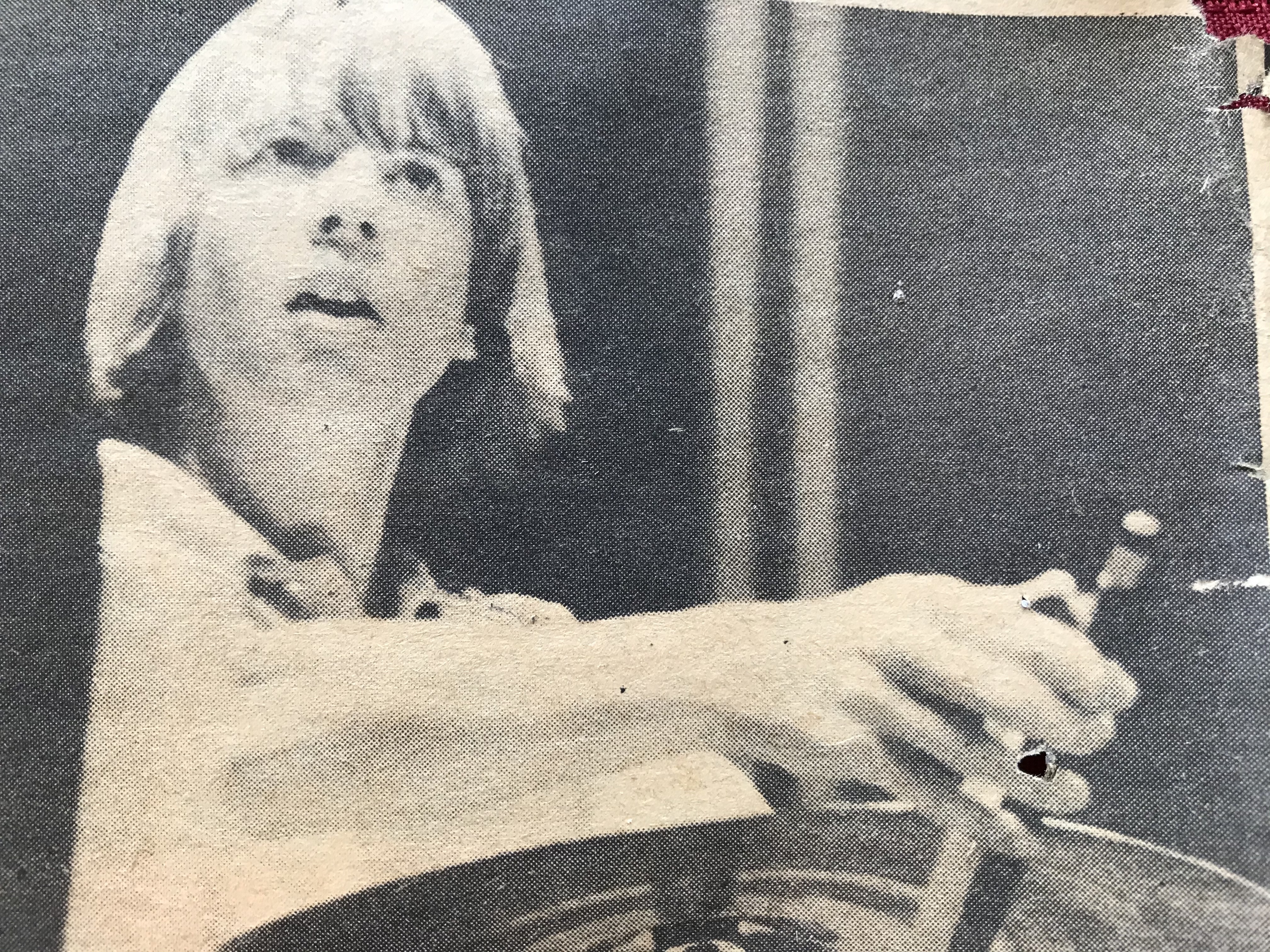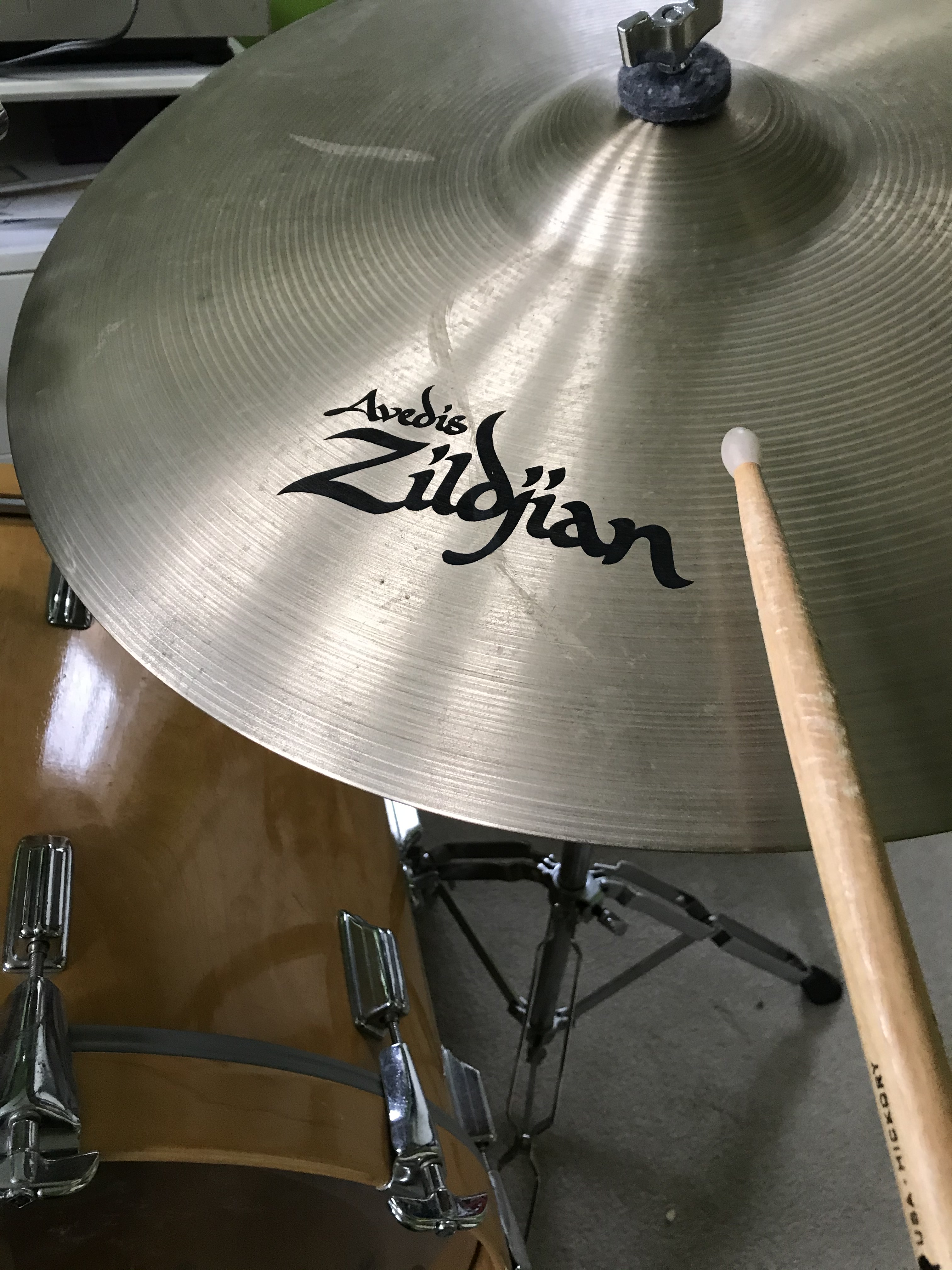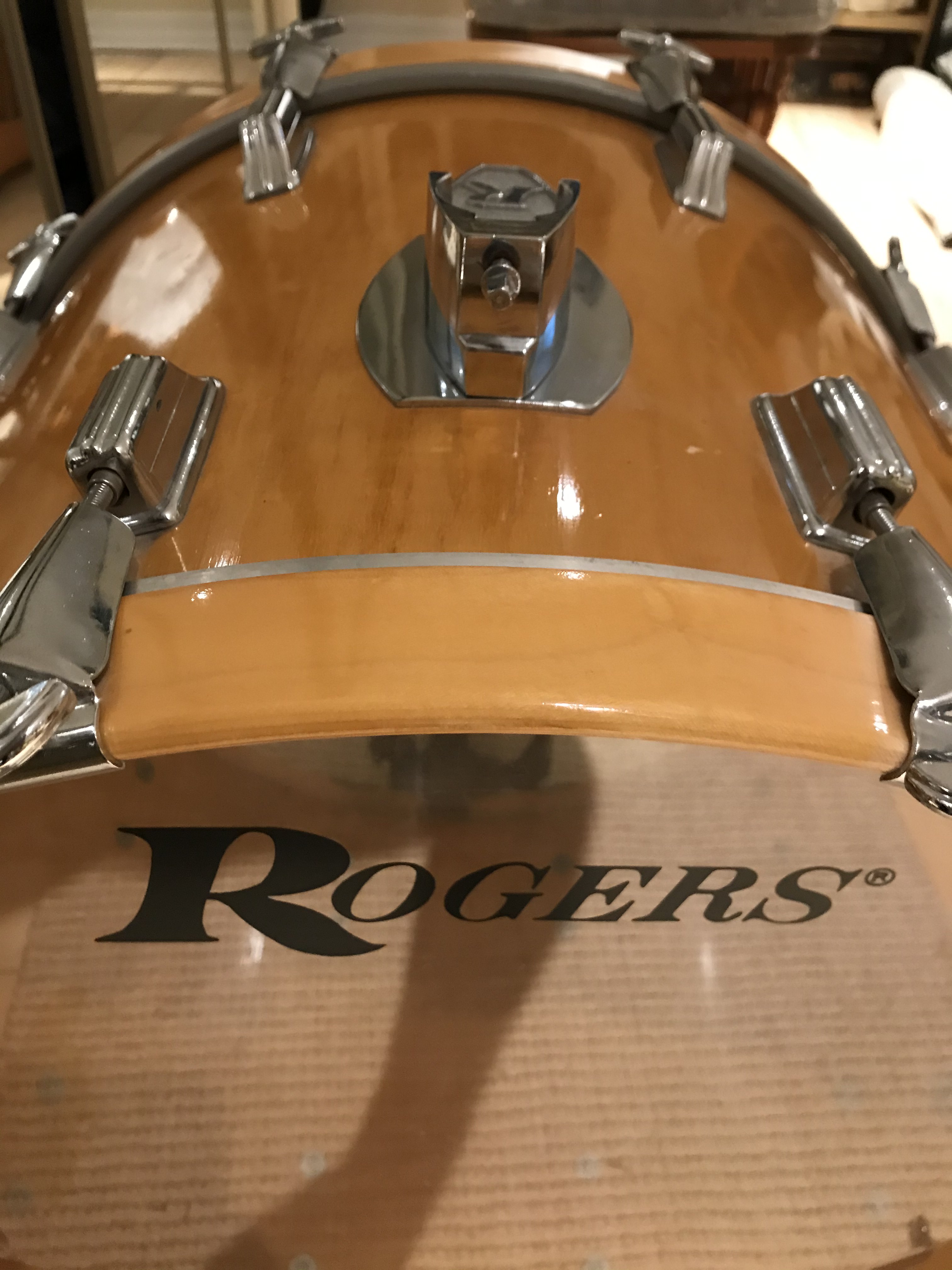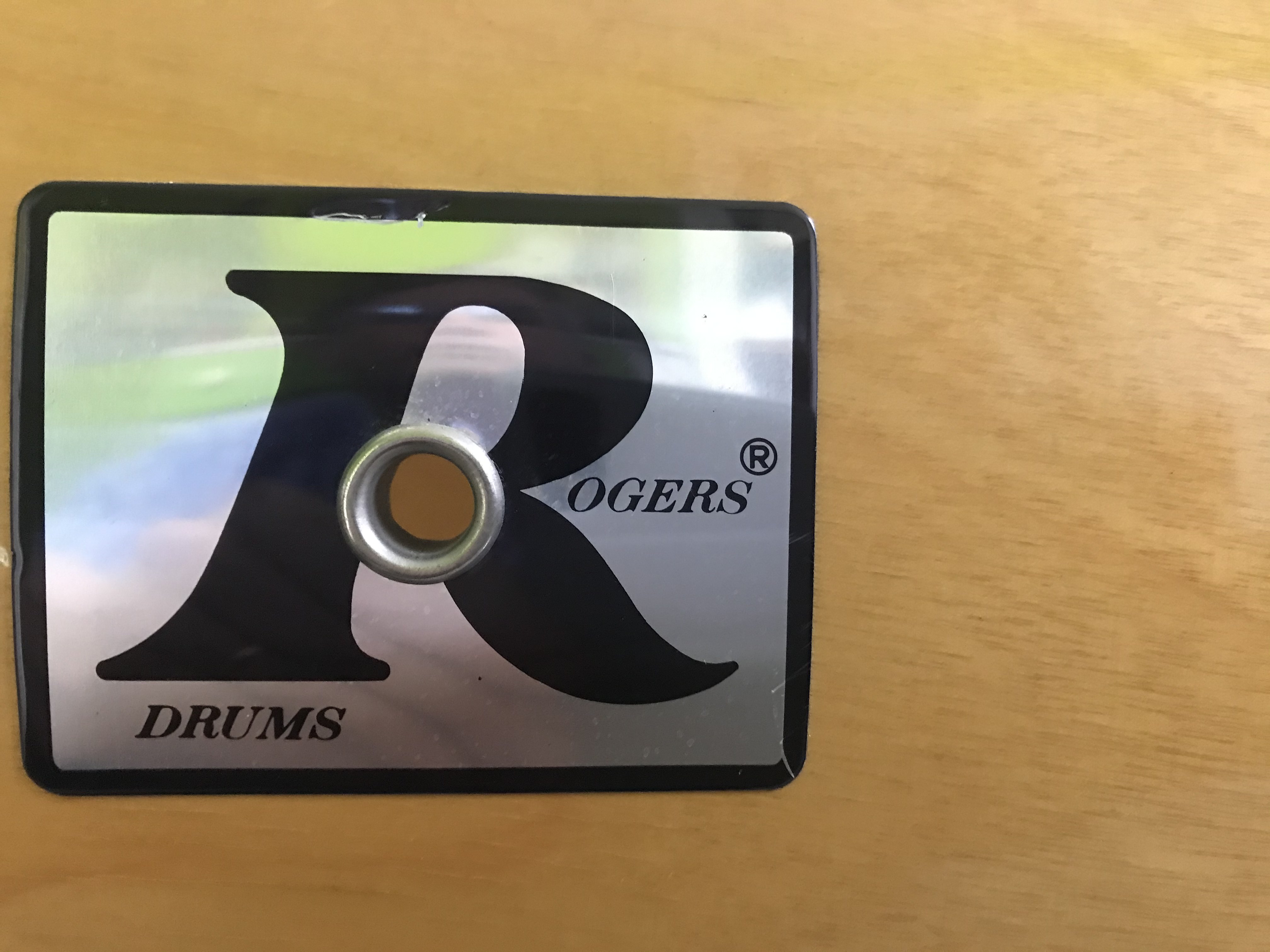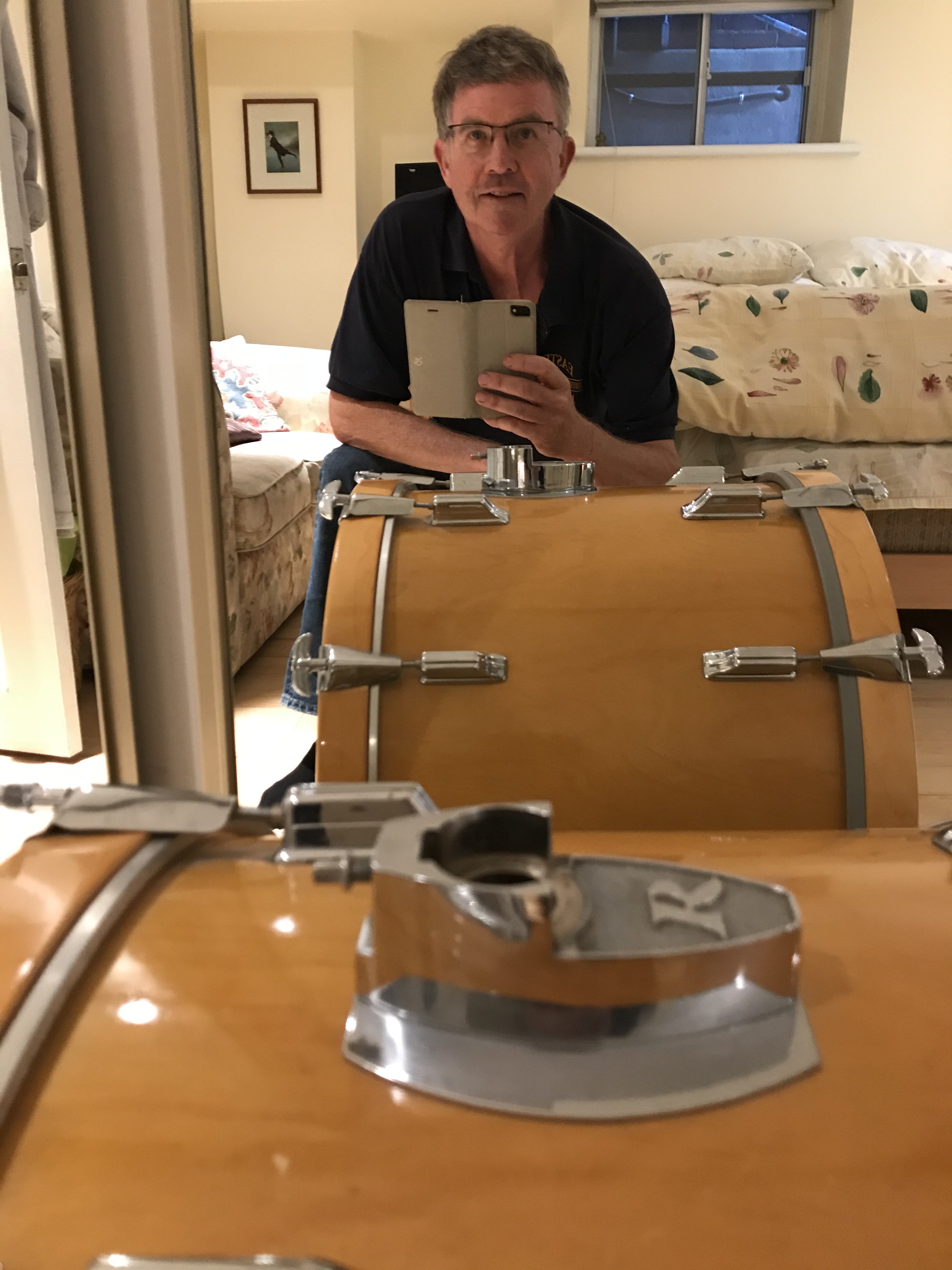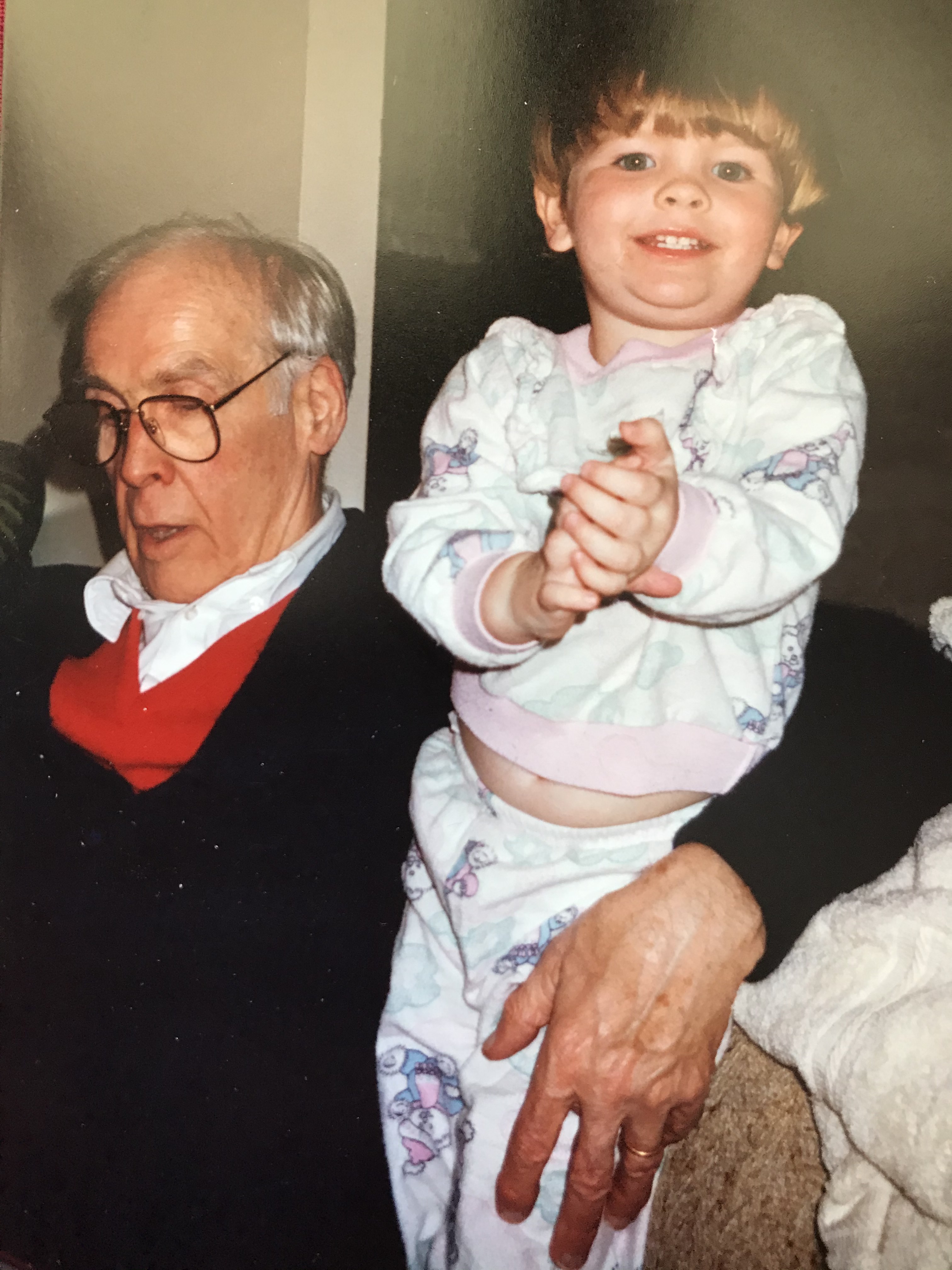Listening to the music was different with my new cochlear-implant hearing system, but I had learned that familiar music was easier. Between my memory, the new cochlear system in my right ear, and a hearing aid in my left, I could start to understand and enjoy music again.
Tucked away in our basement were several hundred record albums from my youth. I had taken them out of those heavy-duty plastic milk crates and stuffed them into the bottom shelves of a bookcase. Once in awhile I would gaze at them longingly.
My 33-RPM vinyl albums definitely qualified as familiar music. I must have listened to some of them hundreds of times as a teen in my basement bedroom in Don Mills. I recall playing air guitar to George Harrison’s Still My Guitar Gently Weeps with the door closed. The posters that came tucked into the cover of Pink Floyd’s Dark Side of the Moon album had been proudly taped to my paneled bedroom wall.
Seeking a new “record player”
Forty years on, the layer of dust on my old albums was accumulating even faster as components of my old stereo system broke down. The receiver/amp had been a nice model in its day, but now only offered mono sound through a wonky volume control. One of my speakers produced an annoying static sound. My Sony turntable, acquired long ago from my friend Scott, worked like a charm but could not produce sound without and amp and speakers.
I had spied a nice “all-in-one’ turntable while visiting our daughter Alison and her boyfriend Jared in Scotland. Her stereo unit was compact and looked like what I would have called a “record player” back in the 1970s. Turntable, amp and speakers were built in.
With the coronavirus phase 2 in full swing in Toronto, I needed some music to brighten up the winter months ahead. I drove our minivan to Best Buy, donned my mask, and spoke to a customer service person there. She did not have the model in stock, but could source a nice “all-in-one” turntable for me the next day. Besides the amp and speakers, it also had capability for CD, cassette, radio and bluetooth. Gah: I would be catching a hi-fi wave, if not going ahead of the technology curve. Sold!

I showed up the following day to pick up my made-in-China Victrola “Nostalgic Belt Drive Turntable.” Probably not built to last, but it looked nice. If I could get a year or two out of it to play my albums, I would be happy.
I mined my record collection and quickly dug up a treasure. The Guess Who’s American Woman was one of the first albums I bought in the 1970s. Its dreamy cover blends the image of a woman’s face with the group portrait of four members of a band out of Winnipeg who were stepping onto the world stage with hits like No Time, No Sugar Tonight, and the gritty, churning rock anthem: American Woman.
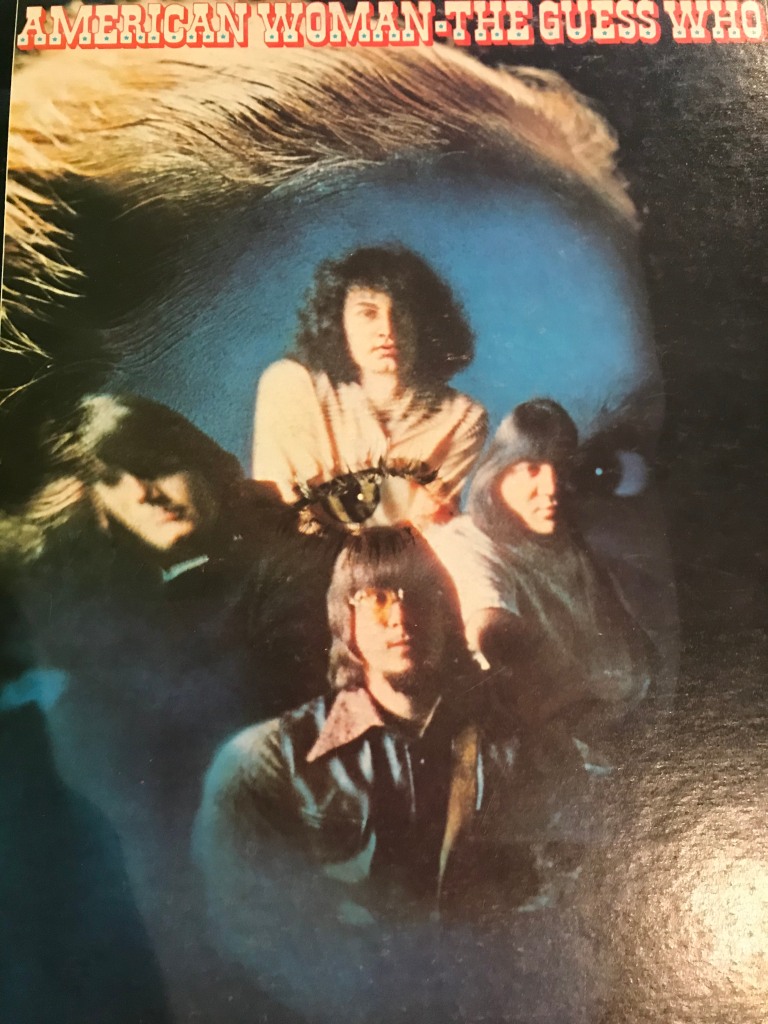
I plugged in my new Victrola, turned the option dial to Phono, opened the cover, and placed the album on the turntable. I still had Scott’s old record-cleaning brush, so used it to dust the vinyl first. American Woman opens with Burton Cummings scatting vocals atop Randy Bachman’s bluesy guitar. Then it explodes with Bachman’s 4/4 rock guitar riff, anchored by Jim Kale on bass guitar and Gary Peterson on drums.
Putting the pieces together
To my ears, the song sounded beautiful. Cummings’ vocal was strong and clear. The drum part sounded crisp. The song sounded different and I couldn’t quite place why. I think I could not hear some of the musical mix. I could pick up most of Bachman’s melodic guitar solo but it sounded slightly muted by the overall mix. But if I closed my eyes, my memory could fill in some of those pieces. Wow.
As a drummer, I had always admired Gary Peterson’s crisp, clear style. No bells and whistles. His drum beat sets the pace for “No Time,” a song about a person moving on: “No time left for you… I’ll find myself some wings.” Randy Bachman’s lead guitar joins in, followed by Cumming’s vocal on the first verse.
Listening to an album means setting down the needle on the vinyl, sitting back and taking in a series of songs. There is no remote. It is an act of peace and discipline in our fragmented world. You take in the album and its songs as a whole. For every monster hit like No Time, you listen to some counterpoint, like the strange, poetic minor-key Talisman.
While enjoying my album, the only thing I needed to remember was to pick up the needle arm after side A finished. My fancy-schmancy new turntable did not have automatic return.

